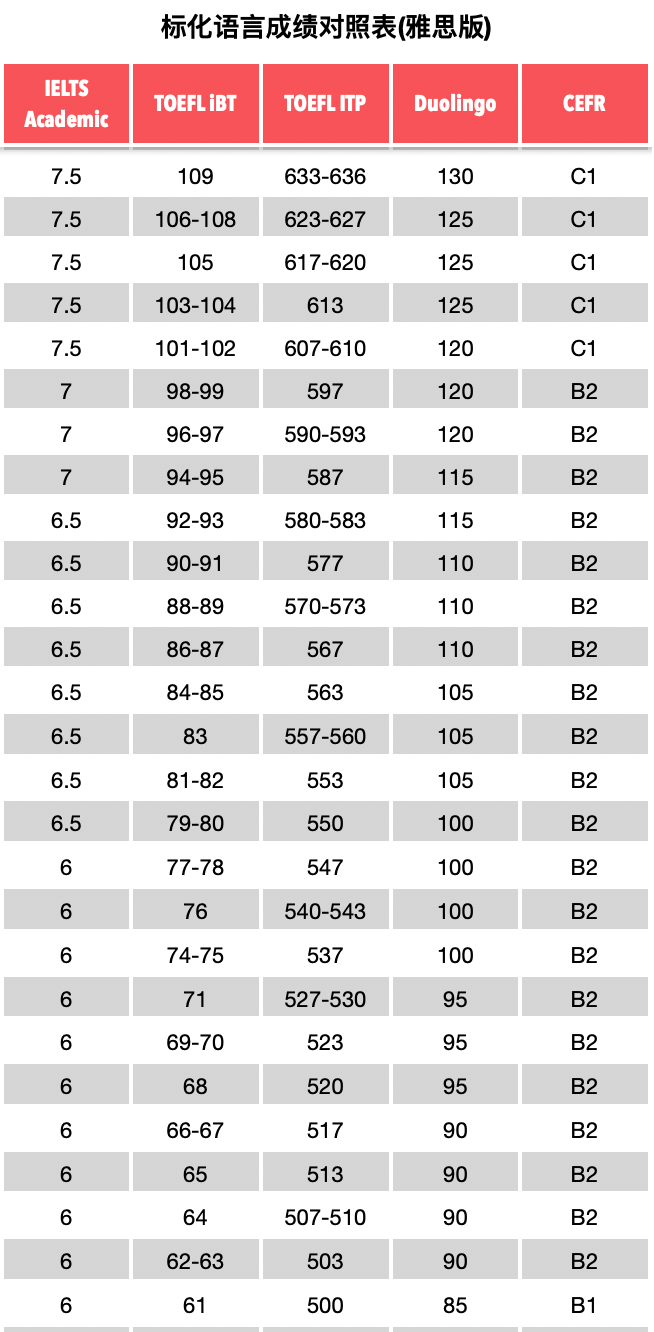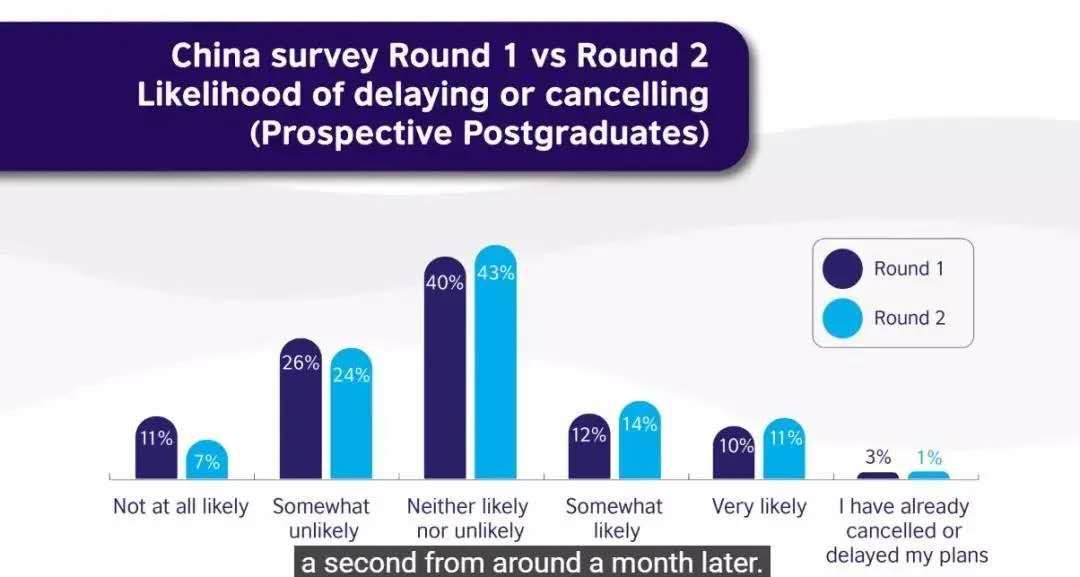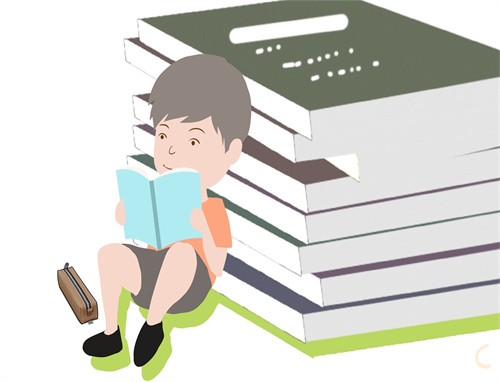同学们要想取得高分,必定要脚踏实地,无论大家的基础如何,今天小编给大家带来了听力7.5分以上的经验浅谈 ,希望能够帮助到大家,下面小编就和大家分享,来欣赏一下吧。
【雅思听力高分经验】听力7.5分以上的经验浅谈
所以,同学们要想取得高分,必定要脚踏实地,万不可如某些网络信息宣传的那样仅凭机经预测来赌自己的梦想与未来。具体到听力科目,无论大家的基础如何,分数要求如何,在准备过程中扎实的听力基本功练习与雅思听力的场景词汇识记是必不可少的。
关于听力的基本功练习,专家建议大家选择剑桥雅思系列真题与官方指南作为我们的首选练习资料:精听与泛听结合,词汇与语法相融。当然,如果正在备考的你词汇量较低,那么适当地补充基础词汇也是不可或缺的。
此时,剑桥青少年版系列丛书或者新概念都是不错的选择。而听力的场景分为两大块:生活与学术,细分的话有十多种常考的小场景,这类词汇我们建议基础一般的同学可以自己在真题练习过程中去慢慢总结积累并熟记。
本文的高分定义为7.5分以上,即正确个数在33题以上。所以下文所涉及的技巧是建立在以上两个基础之上的,只有地基完美,高楼才能屹立不倒。
分秒必争
雅思听力不同于国内的英文考试,它整场考试只播放一遍,这就要求大家在读题上要争分夺秒,切勿浪费任何一点时间,且要注意力完全集中。
这一做法在可以打开听力卷读题的那一刻就要开始实行:Section 1会有一个例子,所以在读题时间上往往比较充裕,但是大家切莫将这块儿所有的时间只读第一部分,而是要迅速将后面的部分事先读好,尤其是单选与配对这类时间紧迫的题型。
双管齐下
鉴于上文提到的时间紧迫问题,我们要做到双管齐下:一要熟悉雅思听力考点考法,二要提高读题速度。
除了场景词汇以外,听力还有一些固定考察点:姓名,地名和数字等,而这些内容往往以干扰的方式来考察我们,即先给出一个疑似答案的信息,之后出现转折或是否定信息来干扰,真正的答案信息出现其后。
这样的例子在剑桥真题中比比皆是,各部分都存在。究其应对方式,其实很简单:听,定位,写,听到干扰信号,修改。关键词后置是另一种较难的考察方法,即先出现答案点,之后才听到题目中的定位,这点的主要解决方法为预测。如剑4 Test 1 Section 2第12题:
The metal industry was established at Riverside Village by __________ who lived in the area. 这题的定位既不明显,也是后置,但是只要大家根据横线后面的定语从句预测这里填的应该是一种表示人的词汇或短语,那么答案就是听力中唯一表示人的local craftsmen.
除了充分利用好给定的时间外,阅读速度也是一个必须提高的技巧点。听力的读题是限时阅读,所以大家在平时的练习中一定要按照音频中给的时间严格练习,逐步提高阅读速度,包括扫读与精读。这一点在下文的“粗中有细”中有更详细的诠释。
粗中有细
这一点可以体现在读题和听题两个步骤中:
读题
对于填空题题目中的整句或者表格题中整列整行的已知信息,大家可以采用阅读中的省读与略读的方式迅速扫过,只要做到听力中听到可以定位即可;而将大部分的时间花在有题号的信息处,根据上下文进行一些合理的预测。如:剑4 Test 1 Section 1中第7题与第8题之间隔了长长的已知信息,读题时肯定不需要一一细读,但是在第8题的识别中就需要预测出填的应该是一个景点名称。
单选题与填空题有着较大的区别,但是在读题这点上还是有共同之处的:细读题目粗读选项。题目中的明显关键词如专有名词,数字类等特殊信息务必要圈出,而典型的限定信息如时态,连接词等也要一一识别;而选项在给定的时间范围内尽量读懂意思即可。
所以,雅思小编建议各位同学在做单选时遵循优先读题目的原则,即先读有题号的句子,后读各题的选项。而配对类的选择题则要看情况而定:往往选项多于题目时要细读选项,反之则要细读题目而粗读选项。
如剑8 Test 4 Section 4的31-36题选项只有3个且都是专有名词,而题目有6个且每题都存在可能的干扰点(都有修饰语),那同学们自然是要细细地分析题目;而剑9 Test 3 Section 2的14-18同是配对,它的题目就都是人名而选项都是些很容易同义转换的名词或短语,大家自是将时间仔细地放在选项的研究上。
听题
听力一旦开始播放,大家的注意力自然是要花在定位与找答案上,万不可指望在这一遍的听力中要将每一句话每一个词都听清楚。也就是与题目无关处粗听,一旦定位到某一题立刻开始细听。
如剑8 Test 1 Section 4中第37题和38题之间的听力定位隔了近一分钟,这期间只需注意maps的定位即可,一旦听到转折的点再开始细听。千万不能将自己的注意力花在不必要的地方而忽略了重点之处。
偷梁换柱
中文的语言文化中,排比是很好的修辞,但是备考雅思的同学们都知道英语语言的表达中更看重词汇和语法的多样性,这一文化差别映射在雅思听力中则为同义转换。这一“偷梁换柱”式的考法将相当数量的考生拦在了听力高分的门外,故大家在备考中一定要掌握大量的同义转换,好在这是雅思四科都会涉及到的技巧,都可以融会贯通。
就听力本身而言,同学们需掌握以下两种“偷梁换柱”:
同义词
剑5 Test 1 Section 2是一个典型的对比类表格题,表头信息为good points与problems,这两个原词在听力中各自被原文提到一次,其他的全部都是各自的替代词。而这仅仅是一个缩影,我们在历次的考题回顾中经常看到关于优缺点类的考题,包括填空与选择。所以就此考点,大家的应对技巧上就应该有以下内容:
good point problem
advantage disadvantage
benefit drawback/shortage
positive side negative side
merit demerit
strong aspect weak aspect
strength weakness
upside minor side/downside
这样的例子数不胜数,因为这是雅思的主要考点,自然也是主要技巧点,本文不一一赘述,但是同学们若想取得高分,这是必经之路。
同义句
剑5 Test 4 Section 2第13题:At the final dinner,players receive_________ 答案出处原文为The last week of the season we usually have a dinner and presentation the prizes to the players. 依据此例可以看出,听力中的同义转换不局限于词,句子的转换也是常态。
有取有舍
经常碰到一些同学连续几题都留空不写,原因是某一题没听到答案一直在等,导致接下来的几题都丢失了。其实这是一种得不偿失的做法,因为听力往往不会连续几题都难以定位或词汇生僻。所以,读题时要做好定位,一旦听到某一题的确切定位而上一题还没有找到答案,那么就放弃吧,赶紧抓住下文的。
查漏补缺
这一技巧点包含两个方面的意思:一是平时的练习;二是答案纸的誊写。
大家在做套题练习时很容易进入一种套路:听题,对答案,记单词。其实这样做并不能达到应有的效果,也是对有限资源的一种浪费。
有效的做法:1、套题练习;2、圈出错误答案但不记住正确答案;3、重新听,找错题答案;4、再次对答案,还没对的就要看原文了;5、看完原文,合上,重新听,自我认知究竟是词汇、发音还是技巧问题;6、对症下药,解决问题。这种查漏补缺的方式只要坚持下来,你的听力一定会一步步上升。
在答案纸的誊写过程中,也有可能会犯一些小错误,而往往许多同学都会浪费掉那十分钟的宝贵时间。所以誊写完成后一定要进行细节检查:拼写是否精确,语法上的单复数,大小写有没有搞错,题号是不是一一对应。只有这样,才能确保不因小问题而丢分。
雅思口语part2素材积累:特别的玩具
Describe a special toy you had in your childhood.
You should say:
what it was
who gave it to you
how often you played with it
and explain why it was special to you.
When I was five years old, I had an accident and was admitted in the hospital. I was required to stay in bed for at least two months. Days in the patient ward wasn’t as dull as I expected it to be. Actually the first week was quite fun. I could watch TV in bed and chat with my fellow “roommates” and my family visited me everyday.
But after a while, the hospital gradually started to lose its charm. I was getting bored when my Dad showed up. With a hat in his hand, he started to perform magic tricks. Out of thin air, he produced a flower and put it in the hat. Guess what happened next? He made a magic cube from the hat.
I was immediately in love with the magic cube. Time seemed to go much faster when my Dad taught me how to play it. Before I knew it, I was running around again. Till this day I play it on a daily basis. It always reminds me of my special bonding time with my Dad.
雅思口语part2素材积累:一次重要的谈话
Describe an important conversation.
You should say:
when it was
who was in the conversation
what it is about
and explain why it is important.
When I was a kid, I was hardly a model student. I had an older brother who was a bit of a rebel, he’d go out drinking and smoking and causing trouble, and I guess some of his bad behaviour rubbed off on me.
I can remember when I was a teenager, I must have been around 17, I had taken my university entrance exam but my grades were dismal. My parents were distraught, they had had such high hopes for me and I remember my mum being in floods of tears. My dad sat me down and we had a long conversation about my future and the direction I was heading in. He calmly told me I had a second chance to repeat the test and make my family proud. He said that I should take a long, hard look at myself and picture where I wanted to be in 10 years time.
At first I dug in my heels, but eventually my father’s words sank in and I realised I needed to knuckle down and study. I hit the books hard and over the course of the year I was more and more prepared. In the end, I got a good grade and was able to attend university.
I feel like that was one of the most important conversations I’ve ever had. I knew that he was speaking from the heart and that I couldn’t disappoint him any longer. My dad’s words of wisdom were a real wake-up call and it turned out to be a major turning point in my life.
雅思口语part2素材积累:艺术活动
Describe an art activity.
You should say:
when it happened
what you did in this activity
who you did with
and explain how you felt after doing it.
I’m very fond of art; my apartment is full of statues and masks and my walls are covered in paintings and prints. Having said that, I don’t tend to make my own art. I don’t think I’m particularly creative and I’d say I’m more practically or scientifically minded. The only time I can really remember regularly taking part in any art activity was when I was at school, but there was one time on vacation when I dabbled in a bit of art.
It was two years ago when I was on holiday in Indonesia. I was on a tour of some local villages and we came across a woman doing pottery. She asked if anyone would like to have a go, but nobody wanted to be the first one to take her up on her offer. I decided to try my hand at it, so I sat down and got stuck in.
You start by putting a lump of clay on a potter’s wheel and dropping a little water on top. The wheel begins to turn and you use your hands to form the shape you want, maybe a short, fat bowl or a tall, thin vase. I didn’t really have a clue what I was doing, so the woman took my hands and basically did all the work herself. We made a short, stumpy bowl and then used my thumb to put dents in the rim, so it ended up looking like an ashtray.
Once it was finished my hands were covered in clay and I felt a bit embarrassed as lots of people were watching and I had needed a lot of help to make the ashtray. Still, I felt good for being the first person to try and it was only a bit of fun; no one took it very seriously.
雅思听力7.5分以上的经验浅谈相关文章:
★ 英语学习
雅思听力7.5分以上的经验浅谈分享
,希望能够帮助到大家,下面小编就和大家分享,来欣赏一下吧。【雅思听力高分经验】听力7.5分以上的经验浅谈所以,同学们要想取得高分,必定。下面小编给大家分享雅思听力7.5分以上的经验浅谈分享,希望能帮助到大家。 雅思听力7.5分以上的经验浅谈分享文档下载网址链接:
上一篇:1周雅思备考建议精选分享
下一篇:怎么样让你的回答有吸引力呢






